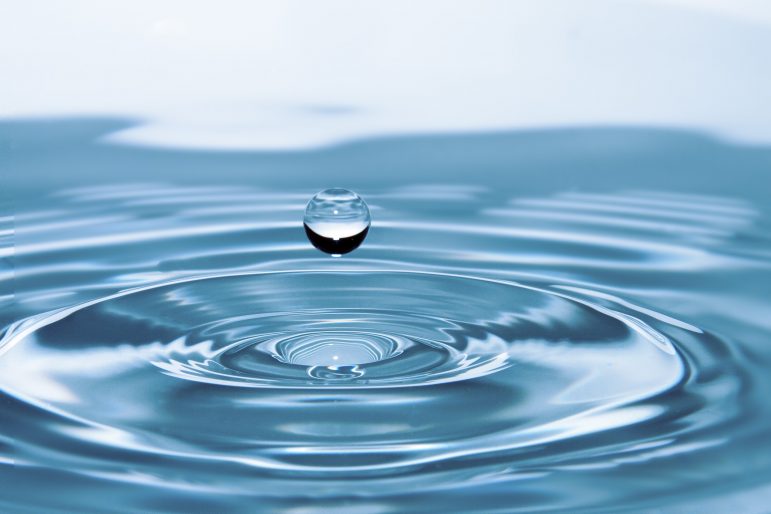When it comes to the push to maintain and bolster sustainability efforts, shoring up your water conservation practices is an important factor.
March 22, 2021 celebrated World Water Day, wherein the United Nations raises awareness of the global water crisis. A core focus of the day is to support the pursuit and achievement of ensuring sustainable water and sanitation for all by 2030.
The theme of this year’s World Water Day was valuing water, which plays such a key role in all areas of life, from households to food, culture to health, education to economics.
It is a key issue for facility managers, too.
Those who actively promote water conservation in their buildings not only help preserve a declining natural resource and protect local ecosystems, but also save energy and lower water costs for their facilities and industries. In the past decade alone, CBS estimates water utility costs have risen over 30 per cent as many cities battle with their ageing infrastructure and dwindling resources.
In celebration of World Water Day, SSC Services for Education shared water conservation tips and strategies for facility managers and service providers at schools and other public buildings.
Here are five ways to improve water conservation in facility operations:
Conduct an irrigation audit
Consider conducting an audit to determine how much of your system is operational and to identify areas where water efficiencies can be implemented. Routine inspections help ensure systems are functioning properly and are not applying water to hard surfaces.
Upgrade to smart controllers and flow sensors
These systems use computerized water models that adjust daily to shift irrigation when there is rainfall or water runoff. Upgrading will alert users to leaks and malfunctions, allowing for timely fixes that can reduce wasted water.
Add sustainable landscape elements
Creating a rain garden can enhance curb appeal, and they are also designed to catch and store rainwater. Designing landscapes with plants that don’t require as much upkeep can also reduce water use and strengthen the surrounding terrain. Examples include adding native plants, making a wildflower grove, or creating a pollinator garden.
Collect sump wastewater
Many facilities and sites interact with water tables and must be pumped to remove water that could damage nearby buildings or cause instability. If the water is safe, it can instead be harvested and used to irrigate the surrounding area rather than being added into the storm or sewer systems.
Take inventory on indoor water usage
While outdoor facility activities largely contribute to water usage, it’s also important to be aware of indoor activities that do the same. Consider converting toilets to low-flow or dual-flush systems, install low-flow faucets where possible, regularly check for water leaks, and always be mindful of running water when washing hands, showering, and even cooking.








